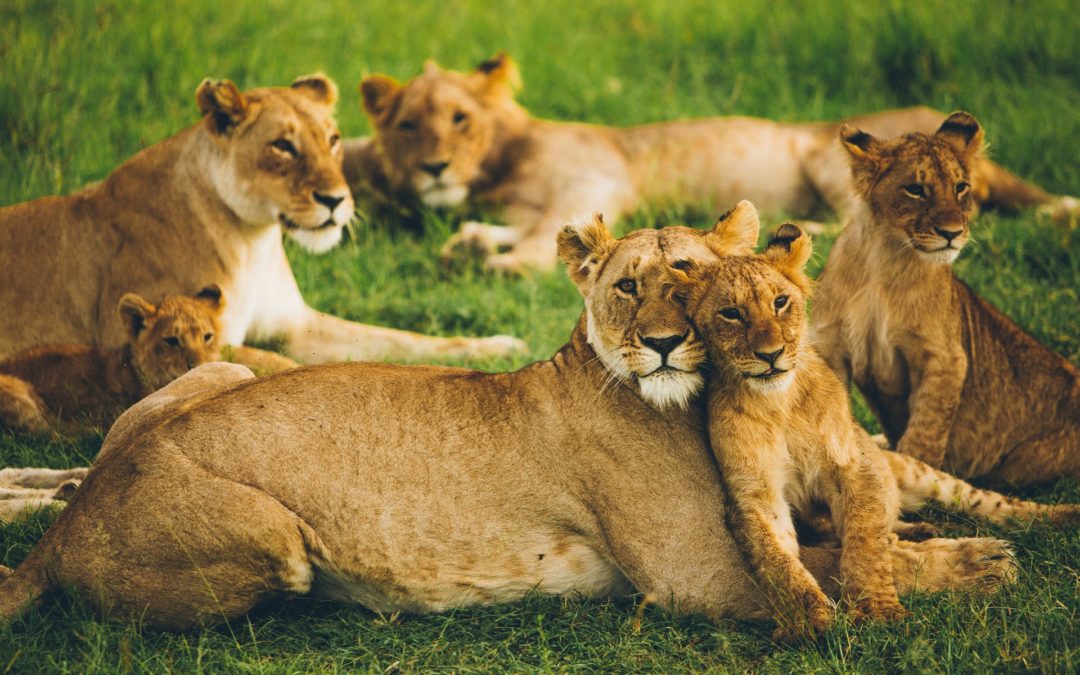Lions continue to be one of the most powerful animals in the world and are known for their unique look, strength, and hunting ability. As part of the cat hierarchy, lions have been a crucial species that has helped shape how our wildlife lives and functions. To best understand and appreciate lions, it is helpful to take a deeper look into baby lions.
The formal name for lions is Panthera Leo, while baby lions are commonly referred to as cubs. Similar to house cats, baby lions are born in packs of between one to six cubs and are born blind. This makes it crucial for a lion to care for its pride, especially as they develop in the early weeks following birth. They tend to be very attached to their mothers when first born and rely on the mother’s guidance in the first couple of months of their lives. Cubs typically begin to open their eyes and gain vision three to eleven days after birth.
Like other baby animals, cubs require nourishment by nursing in their first six months of life and may begin eating meat as early as three months. While cubs may begin eating meat after three months, they will not be equipped to start hunting for their own food until at least one year. Without proper nourishment, cubs are at risk of dying, and nearly 80% of all cub deaths are in the first year. This is what makes it so important to stay with one’s mother until they are better equipped to hunt.
One of the unique things about baby lions is the markings that they tend to be born with. It is common for cubs to be born with various spots throughout their fur, as well as blue eyes. While this beautiful look is commonly seen, they tend to lose their spots as they continue to grow and mature. The color of the lion’s coat will likely become one uniform color.
Cubs are both beautiful and vulnerable creatures in today’s world and will continue to be a major part of the current wildlife.
